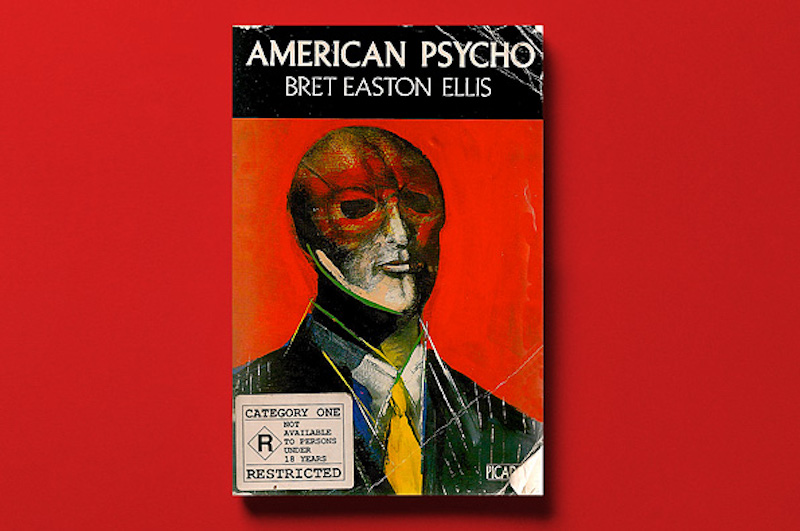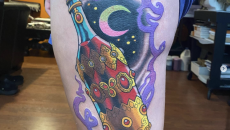(Photo courtesy of: BookMarks Reviews) “The 1991 book is much more intense then the movie.”
Alexia Moore
Connector Contributor
“There wasn’t a clear, identifiable emotion within me, except for greed and, possibly, total disgust. I had all the characteristics of a human being – flesh, blood, skin, hair – but my depersonalization was so intense, had gone so deep, that the normal ability to feel compassion had been eradicated, the victim of a slow, purposeful erasure. I was simply imitating reality, a rough resemblance of a human being, with only a dim corner of my mind functioning” (Ellis, 1991).
More than anything else, Bret Easton Ellis’ 1991 novel American Psycho was written as a gross reflection of Ellis’ young adulthood. Set in the 1980s, the protagonist Patrick Bateman and his associates are shining examples of the “yuppie” culture that was so prevalent at the time. Yuppie culture consisted of young, often arrogant males who valued their wealth, looks, possessions and self-serving view of the world over just about anything else.
Often overshadowed by its film adaptation, American Psycho’s point is best made through its source material. The novel explores much more than just misogyny, which was the director’s main thesis. It pushes the reader to make connections about Bateman’s character not explicitly said. For example, The Patty Winters Show which is mentioned throughout the book is entirely fictional and used as an indicator of Bateman’s deteriorating mental state as the show’s topics become more violent and ridiculous. Another read-between-the-lines moment comes in the chapters dedicated to Huey Lewis and the News, Whitney Houston, and Genesis.
There are factual errors throughout each one of the overwhelmingly long monologues dedicated to each artist. Bateman is a constant contradiction of what he presents himself as and constantly overstates his importance, even though he is almost always mistaken for another person throughout the entirety of the book. The film doesn’t capture the true awkwardness and absurdity that Bateman kept up throughout the novel. This is not a story about a murderer. It is one that explores the psyche of the worst of our imaginations, constantly plays with moral boundaries, and asks the reader to draw conclusions for themselves about the character that Ellis has crafted. Bateman’s narcissism is present in every action that he takes. He wants to control and destroy, and he does this through his heinous actions.
To be blunt, it is a sickening read and I do not recommend trying to take in the more intense scenes while eating. However, it is an important part of postmodern literature, with its direct critique of society and the culture that helped create the monster. I think that in some ways we all carry traits of Patrick Bateman. We may not be as violent, arrogant, or delusional as him, but there were times throughout the novel that I could almost relate to the way he describes his suffering. Ellis uses Bateman as a tool to take all these negative traits to the extreme and experiment with what happens when they’re not kept in check. What seems like a horrifying story on the surface, becomes even more unsettling with a closer read.




